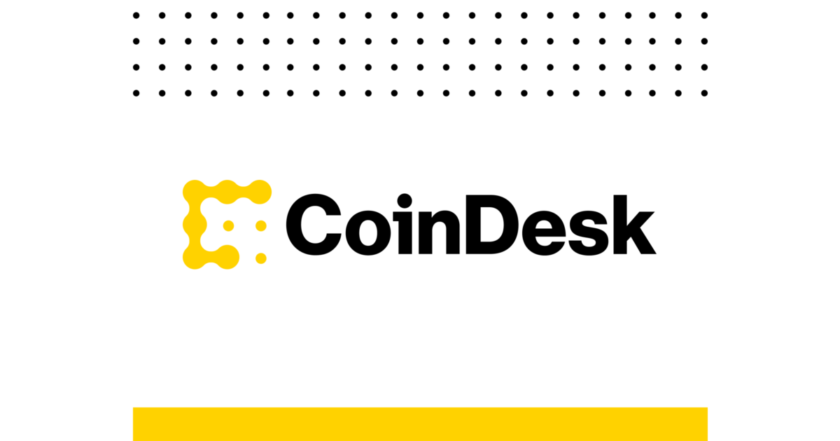Today’s bitcoin spot market is “significantly smaller and significantly more efficient” than is generally perceived, argues Bitwise Asset Management.
In a white paper presented as comment to the U.S. Securities and Exchange Commission (SEC) on Friday, Bitwise said the quality of the bitcoin spot market and the strength of arbitrage in that market has “improved dramatically” since the start of 2018.
The average deviation of bitcoin’s price on the 10 “real” bitcoin exchanges, as measured against the consolidated price, shows a downward trend, indicating increasingly efficient arbitrage between the various exchanges, the firm said.
“This comes despite high volatility and (at times) declining overall trading volume, and is driven by a large number of factors that reflect the growing maturity of the space,” it added.
The CME bitcoin futures market has also been steadily growing, Bitwise said.
Further, reiterating the major point of its previous report, the firm said that roughly 95 percent of all reported bitcoin trading volume is either fake volume or wash-trading. The volume numbers reported by CoinMarketCap and other data aggregators are “wrong” and “wildly inflated,” the firm argued. It did, however, concede that CoinMarketCap has “embarked on a serious initiative to improve transparency, disclosure and accuracy.”
On the other hand, the “real” bitcoin market is “extremely efficient,” Bitwise said: “After you remove the fake volume and fake data from the equation, you are left with an extremely efficient and orderly market, and one that is backstopped by a regulated derivatives market of significant size.”
It continued:
“Public perception, however, holds nearly the opposite point-of-view, believing the bitcoin market to be uniquely disorderly and inefficient.”
According to the paper, Binance, Bitfinex, Coinbase, Kraken, Bitstamp, BitFlyer, Gemini, itBit, Bittrex, and Poloniex are the only 10 exchanges with real trading volumes, with numbers that align more easily with related real-world statistics, including gross domestic product, wealth, web traffic and blockchain-related venture investments.
In its conclusion, the firm said:
“In times of rapid change, people’s perceptions often anchor in the past. People who read about bitcoin today still think about Mt. Gox, when they should be thinking about Fidelity; they think about Silk Road, when they should be thinking about Whole Foods. This vestigial anchoring is made worse by the poor quality of data that permeates large parts of the bitcoin ecosystem, which can create the perception that the market remains inefficient, chaotic and issue-prone.”
The white paper comes less than two weeks after the SEC once again delayed a decision on whether to approve or reject Bitwise’s bitcoin exchange-traded fund (ETF) proposal filed with NYSE Arca. The regulator has yet to approve any bitcoin ETFs, though experts in the space and officials with the agency seem to believe that it’s only a matter of time before a proposal ticks all the right boxes.
Chart image via Shutterstock




